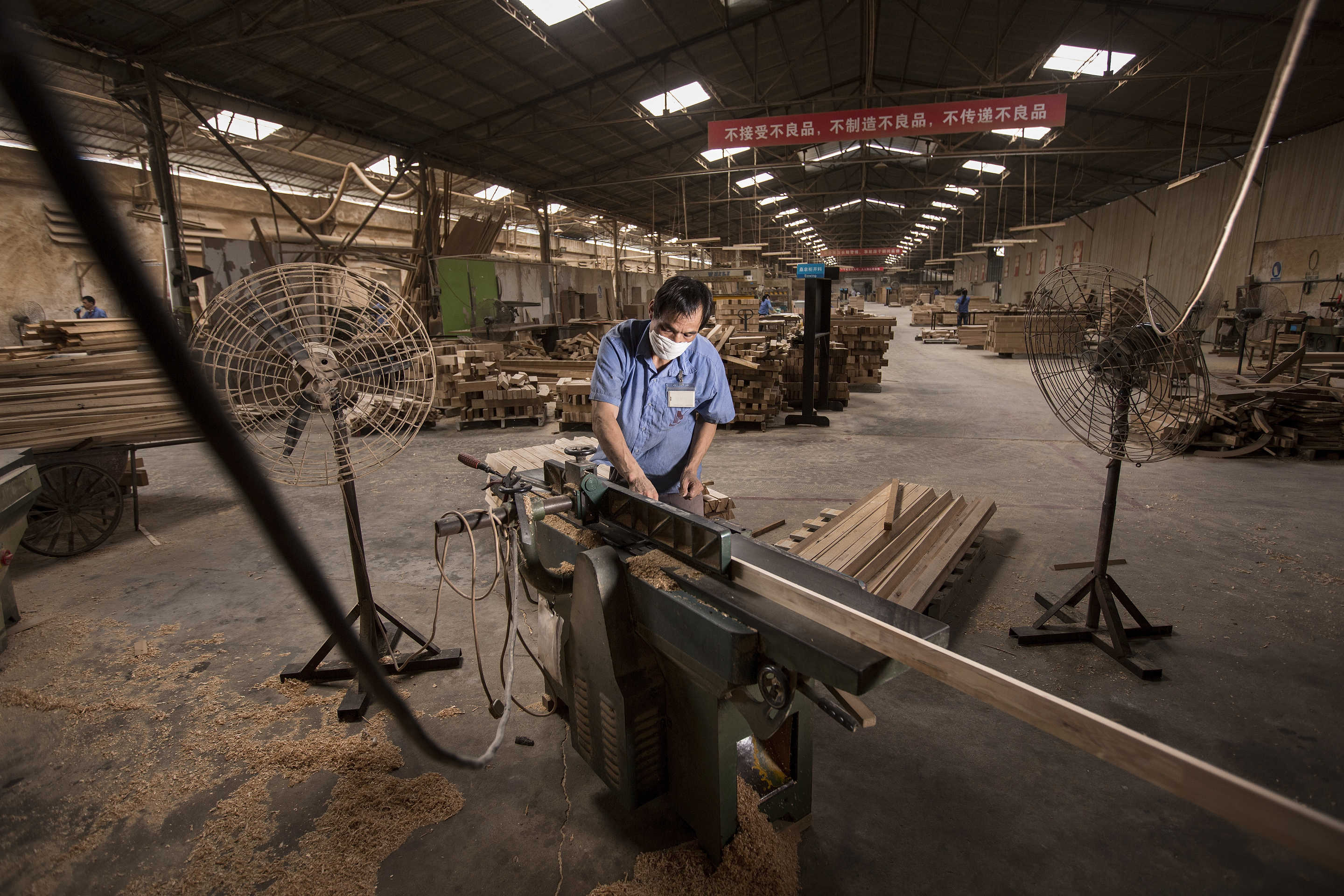You can leave the shutter open as long as you want, so long as the digicam is regular and does not move in any respect. Let’s back up and canopy issues that you simply may already know. Your camera’s publicity is a result of three controls – shutter speed, aperture, and ISO. Because of the darkness, you want to let more light into the camera, and you'll only do so by affecting certainly one of these three controls. The greatest distinction between daytime and evening photography is the exposure values you will need to make use of. Don’t worry although, once you have your digicam on a tripod, it is actually not that tough to get the proper publicity in most cases. If you'll capture the evening sky, you’ll need to be on top of climate conditions.
So the longer we go away our shutter open, the extra star motion we will introduce in our photograph. Star trails are a well-liked photographic approach, and you would possibly be welcome to experiment with your shutter speed, but if you'll like pin-point stars, there are a number of rules you probably can comply with. Moving alongside to lenses there are a few main points that have to be touched on. Having a lens with an aperture of f/3.5 or faster is completely needed for capturing the Milky Way, for star trails it is not at all needed. Here are a couple of nice lenses that will work wonders in your full or crop sensor digicam. I think about the NIkkor F/2.8G extensive angle lens to be the best star photography lens on the planet, I use it for 95% of my star shots and it by no means fails. Another but cheaper possibility would be the Rokinon 14mm f/2.8 or the Rokinon 24mm f/1.four.
First, let’s discuss what you will need when it comes to gear for doing night time photography. The excellent news is that you'll not want much in the way of extra gear. Besides your commonplace digicam and lens, the one factor you will absolutely need is a tripod. The darkness signifies that your camera wants to use a long shutter velocity to gather enough light for a correct exposure . So you need to have the ability to maintain your camera steady and a tripod is the finest choice for that. Make certain that you simply don’t choose any old flimsy tripod, however a stable one.
Below are 11 suggestions that can assist you to get started capturing some amazing night time photos. Light goes to function prominently in any after-dark composition. Look for beautiful light blogspot sources that can make an impression. Plan for it and use it as an element in your composition. If the moon is not out, use the celebs, the Milky Way, or the Aurora Borealis. Don't neglect to include your digicam gear in your preparations. Do read our guidelines on 16 Must-have Camera equipment for Travel Photographers.
You might also want to use a flashlight to mild up an space to focuslight painting. I’ve been capturing long exposures for 15+ years and this course shares my process.

I’ll treat the foreground independently on one layer and the green sky on another. While it’s essential to retain some consistency with regard to the color cast introduced, there may be at all times some wiggle room to fine-tune the outcomes.
Automatic White Balance will most likely work simply fine. You don’thave to adjust the white balance manually but I nonetheless advocate doing so. It’s exhausting to say how properly the automatic mode will carry out so I are most likely to set my white balance manually at roughly 3400K and adjust as wanted.
It simply fills me with awe, particularly when I’m lucky enough to be in an area with little to no light air pollution from cities or maybe a densely populated suburban city. And I can think of no better means of appreciating such a spectacular view than through the use of my digicam to photograph it.
Most cameras have publicity bracketing built in, which makes it very easy. Another way to assist is to use a cable release quite than urgent the trigger manually. Finding subjects and anticipating your pictures during the day may also significantly allow you to to work more effectively and to get better results at night time.
Next to the moon, stars are parts most anyone expects to see in the night time sky. However, depending on the time of yr, the phase of the moon, the climate conditions and your specific location, seeing and photographing stars may not be potential. But that doesn’t mean you must pack up your camera and get a head start on sleep. Where some individuals know their digital camera well sufficient to change basic settings without too much bother, others really wrestle with it. This is the place it really helps to spend some time with your digicam so you know where to go for modifications to ISO, shutter pace, and so forth. while not having lots of gentle or effort to do it.
Prior to appropriately focusing your lens, it will be impossible to effectively perform any sort of night time photography. This is ideal for visualizing and planning precise and efficient night sky photo shoots. Sign up for the Newsletter for my panorama photography eCourse, exclusive photo suggestions, and discounts. See more of my panorama and night photography on my social media.
I was pressured to hand-hold this shot , so I actually needed to crank the ISO and open up the aperture. Shutter pace 1/8th of a second, aperture f/4.0, ISO 3200. If you're out within the countryside, you want nothing greater than a transparent night to get a great photo. If you probably can occur to catch the Milky Way , all the better.